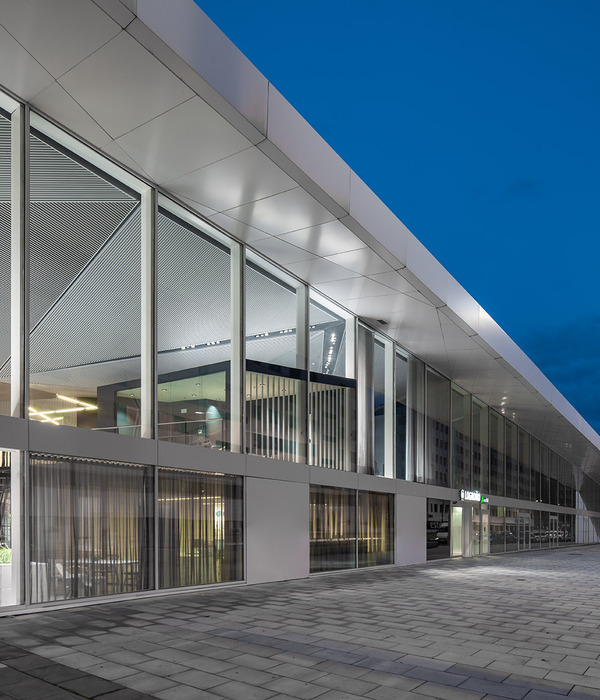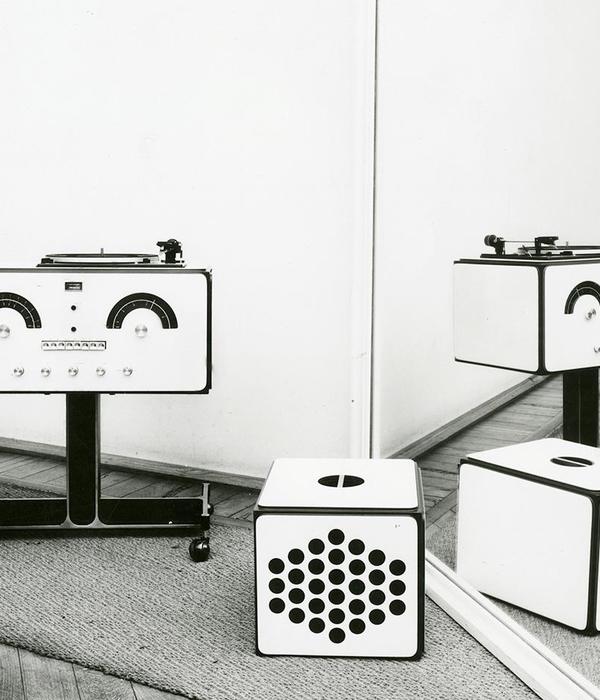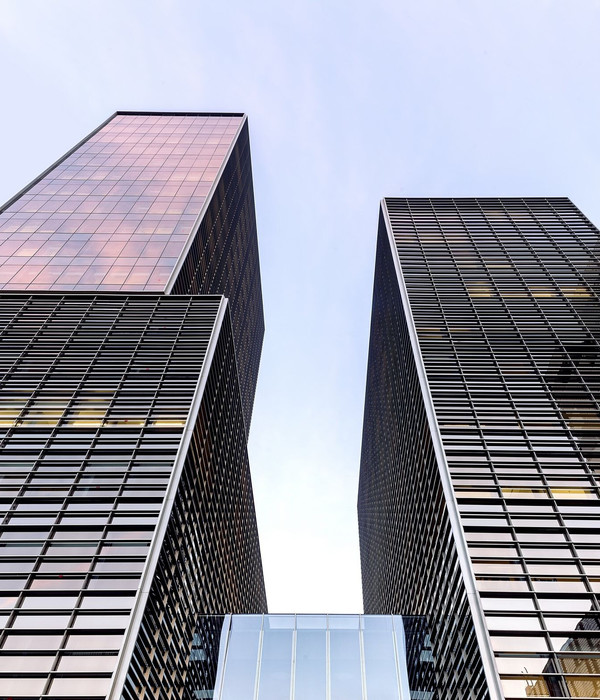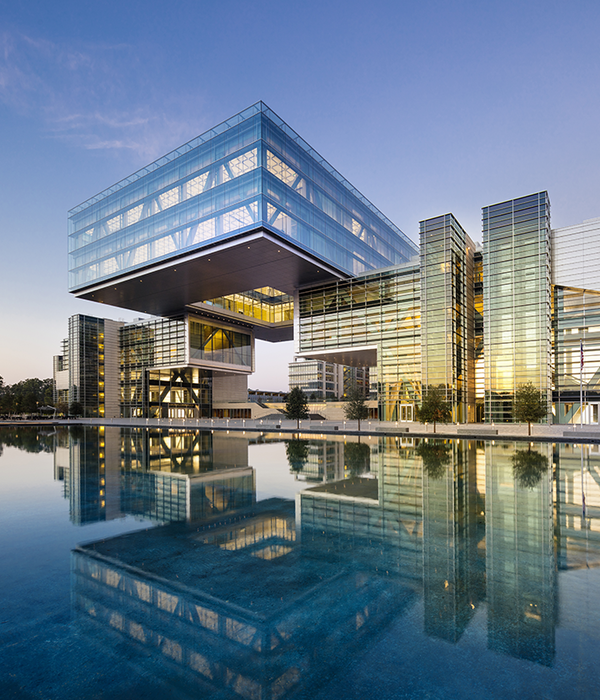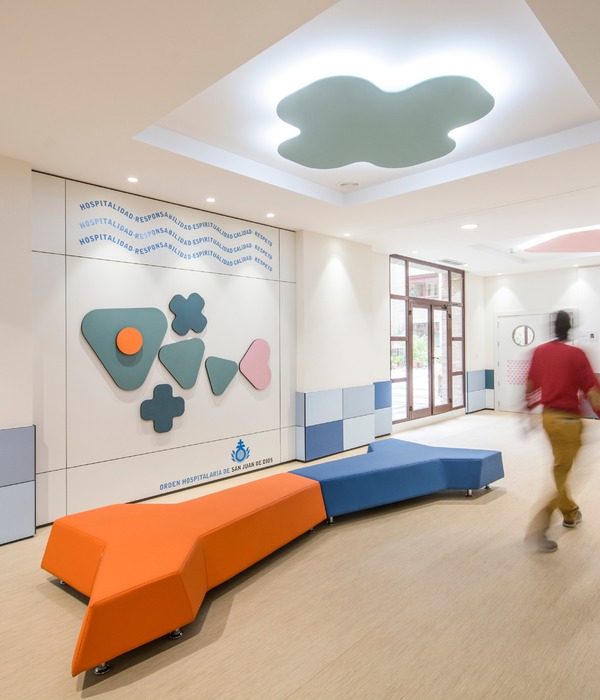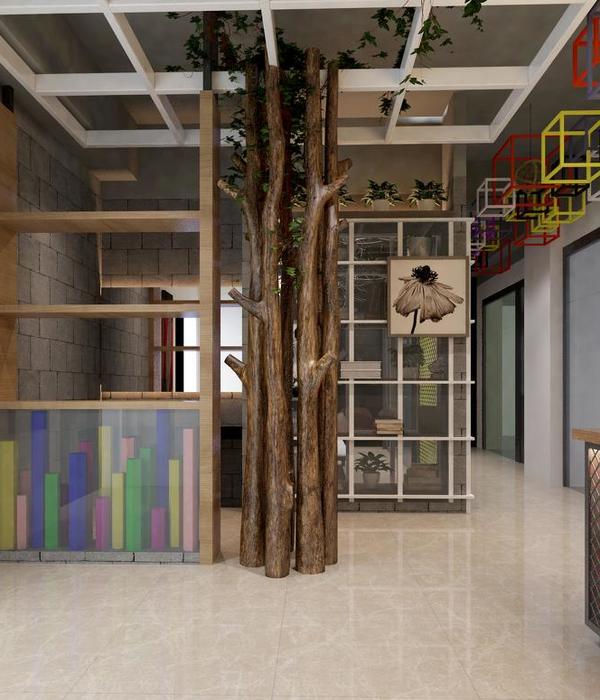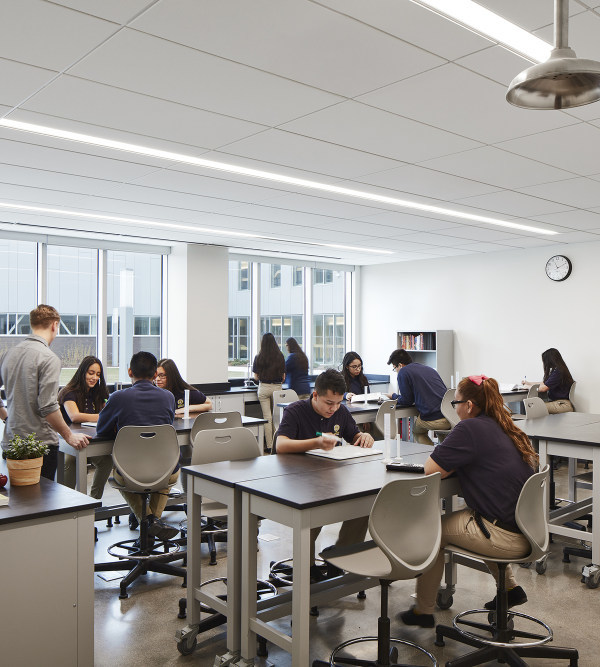Architects:Sasaki
Area:245000ft²
Year:2020
Photographs:Jeremy Bittermann
Landscape Architect:Sasaki
Engineer - Civil:Langan
Engineer - MEP:Vanderweil
Engineer - Structural:LeMessurier
Lighting Design:HLB
LEED Administration:SamterWerks Architecture
Acoustic Consultant:Acentech
General Contractor:The Whiting-Turner Contracting Company
Design Principal:Vinicius Gorgati
Principal In Charge:Bill Massey
Project Manager And Project Architect:Yifaat Ayzenberg
Project Designer:Carla Ceruzzi
Design Team:Andy Cole, Jared Barnett, Danielle Decarlo
Landscape Project Manager:Milee Pradhan
Cost Estimation:Becker & Frondorf
City:Bethlehem
Country:United States
Text description provided by the architects. In 2016, Sasaki began working with Lehigh University to transform the student residential experience on campus. After identifying a long-term strategy for renovating existing housing, taking outdated buildings offline, and adding capacity to support the school’s growth, the school, and the design team identified what was missing on campus: hangout and group study spaces and a “bridge” typology that offers more privacy than a traditional dormitory but more community than apartment-style housing.
The new residential houses provide this desired space by strategically weaving together a common route where students can make connections and strengthen their residential community. The design also includes a cohesive strategy for open space that respects the historic campus character and steep topographic conditions. The buildings are sculpturally crafted within the scale of Lehigh’s traditional residence halls. The material palette picks up on the campus’ prevalent Pennsylvania bluestone and metal roofs, while the iron spot brick alternating between smooth and rusticated textures harmonizes with the iron-rich local stone used on surrounding buildings.
Designed for Connection. The campus is currently organized around east-west terraces with few north-south (up/downhill) connections given Lehigh’s steep topography. The new housing complex, comprising the South Cluster and North Cluster buildings, adds a new accessible public route that traverses six stories of grade change and links together student life programs. The design also opens up views and new outdoor spaces that connect the campus’s historic core to the residential hillside. The final design successfully reconnects the residential experience to the broader heart of campus with a sustainable and contemporary living environment.
An Integrated Landscape. The landscape design, in addition to bridging large variations in elevation, provides active spaces that flow from indoor student life venues to new outdoor recreational opportunities. The team studied the ecology of the surrounding woodlands to fine-tune plantings and update the core campus’s parklike landscape to provide habitat restoration and stormwater management. These efforts extend onto the green roofs of the buildings, connecting the entire complex to its landscape.
Architectural Character. The central campus includes dramatic views and stone buildings that are experienced in the round. At the campus periphery, long, linear residential buildings form courtyards. The new buildings echo the solid, prismatic forms of the core campus while also framing new, active courtyards. Their forms are inspired by the campus context of late-19th-century stone and brick laboratories and housing on a dramatic, lush mountainside landscape.
The Student Experience. The new housing cluster will foster student wellness, with a balance of work and play while providing community identity. Key programs, including classrooms, a fitness center, a café, and multi-purpose spaces support mental and physical health for students immersed in rigorous academic programs. As a university with five colleges and a variety of degree programs that emphasize project-based learning — Lehigh presents an opportunity to foster an intellectual life based on interpersonal connection.
Sustainability. Reflecting Lehigh’s impressive history as a leader in science and engineering, environmental stewardship and sustainability are key components of the neighborhood. Specific strategies proposed include an integrated suite of stormwater management components, energy-efficient building systems, and a solar hot-water demonstration system.
Project gallery
Project location
Address:27 Memorial Dr W, Bethlehem, PA 18015, United States
{{item.text_origin}}


